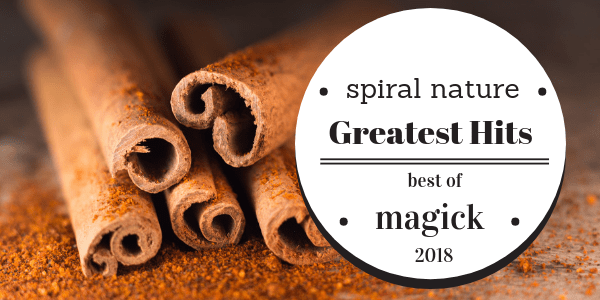
Of the 18 articles on magick we published in 2018, these are the 13 most popular on Spiral Nature Magazine.
Click on the title link to take you to the full article to revisit articles you’ve forgotten, meant to read, or maybe haven’t seen yet if you’re new to the site. (Welcome!)
We’ve had a fantastic year, and it’s all thanks to you — our readers and supporters.
If you want to really help us in the new year, consider becoming a member of the Occultnik Cabal — our premium membership program. Your membership helps pay writer’s fees and with it, we can publish even more awesome content. Thank you for your support!
Happy holidays!
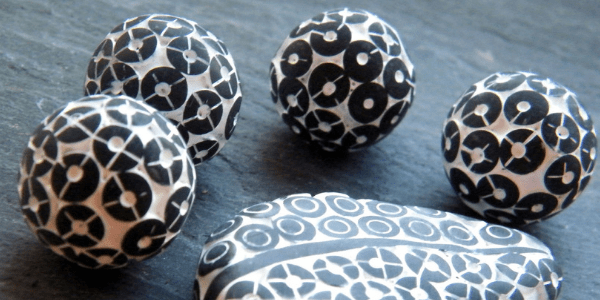
13. Clay magick: Creative casting for the artistic witch
By MagicalMusingsWitchyWriter
One of the first things you learn about casting spells is that you must have the will to manifest your desires, and you must direct enough energy for the idea to move into reality. I have learned that my spells are most effective, and often work quicker, when my passions are ignited as I cast the spell. I don’t mean that I passionately want the spell to work — if you are willing something to happen then you already want it passionately. What I mean is that the casting process is one of my passions.
I am an artistic witch, so casting creatively ignites my passion for the creative activity, and is heightened by the exhilaration of doing magick. A number of activities could be categorized as creative casting, but today I want to share my favourite method of creative casting: Clay magick.
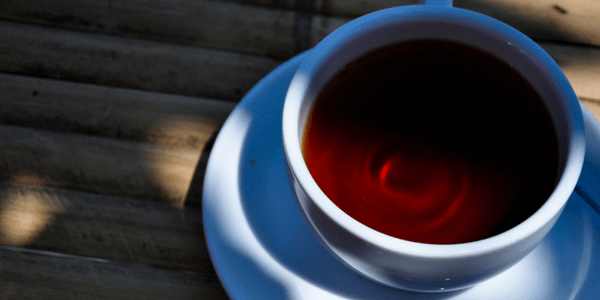
12. Reading tea leaves: A beginner’s guide
By Tabitha Dial
A gateway into the personal and into the future, tea leaf reading (or tasseomancy) is an eloquent, sometimes visually puzzling lens to look through. It is an ancient art that originated in China, but is becoming more popular today thanks to New Age movements and the use of social media. It became popular in the US in the 1920s and has steadily piqued the curiosity of people worldwide.
There are as many ways to enjoy tea leaf reading as there are types of teas. My grandmother introduced me to the art when she looked into the teapots brought to our table at a Chinese restaurant. She spoke a few words — whether they were prophecy or playful storytelling is lost to memory — and I’ve been fascinated ever since. Tea leaf reading and other forms of divination have many benefits, such as a willingness to see issues from a different perspective. Divination tools can allow for self-reflection, assurance, and encouragement, and even predict the future.
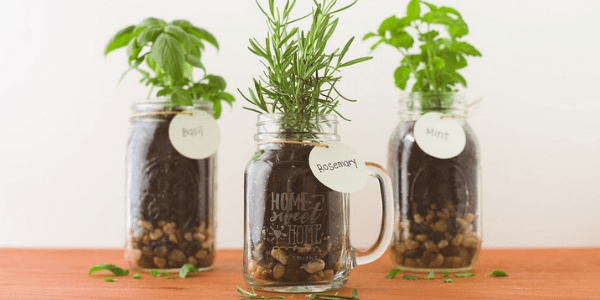
11. Herbalism for beginners: Where to start
By Emma Kathryn
Herbalism is undergoing something of a revival. Indeed, a quick Internet search will throw up hundreds of hits, whether that’s the latest Instagrammer, courses on the subject, and so on. But for those of us with nature-based spiritualities, it’s no surprise that so many of us have more than a passing interest in plants, and learning how to use them. With so many resources available, you’d think that getting started on the herbal path would be easy, and it can be, but first you need to know where to start.
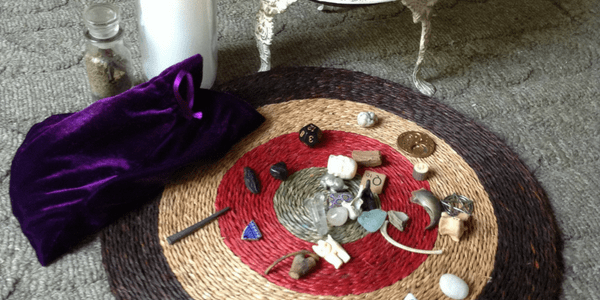
10. Sortilége: A crow’s stash of divinatory odds and ends
By Monica Bodirsky
I am a crow. I am a witch. I have a stash. It is a witch’s sacred divination hoard that consists of a variety of small bones, tiny antique porcelain doll’s heads, a coffin nail, a tiny metal car, and more than 35 other odds and ends lovingly protected in a purple velvet drawstring bag. This is my sortilége bag, which I use for divination by casting its contents onto a special mat.
I come from a generation that played with Ouija boards and Magic 8 Balls, and watched Hollywood portrayals of divination. This inspired me from an early age to create and drop or throw small objects, to see where they landed to find answers to questions, such as: “Do my friends like me?,” “Will I pass grade three?,” and “What will I do when I grow up?” I would use pop bottle caps with words that might offer a clue, a single die for the number, a small stone for no, one for yes, and one for maybe, a nail for direction, and many other bits I would collect to which I would assign a meaning. I also had local coins to read heads and tails and a lot of international coins I used gifted to me from my father. I understood intuitively that where, when, and how I cast these lots and how they landed together were significant to the question.
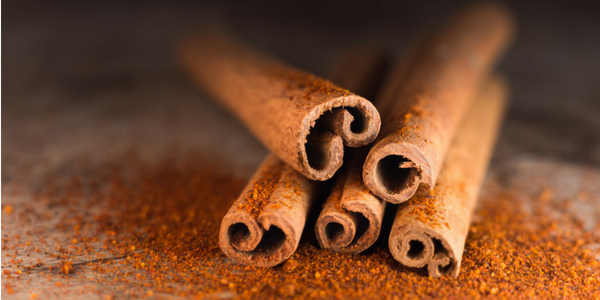
9. Everyday hoodoo: Washes, mojo bags, and simple charms
By Donyae Coles
Working your spiritual and magical practice into your everyday life is something that many people struggle with. The books we read and the things we learn tend to be focused on ritual and special ceremonies, and less on how we incorporate these practices into our lives. In this article, I’ll share tips on how to work hoodoo into your everyday life.
Although this piece is about hoodoo, even if that’s not your practice, I encourage you to read this article anyway, as there will be things that you can apply to your own belief systems. As always, these are just suggestions, so feel free to make changes to incorporate them into your own life and practices.

8. Bed magick: Low-energy spells for the chronically ill
By Chrysanthemum White Alder
Magical practice need not be something that requires the regalia of high ceremonial magick. We do not need to don floor-length robes and lay down a circle of salt in order to be effective spellcasters, especially since for those of us who are confined to our beds for a significant amount of time, laying down salt may be awkward and messy.
If we are limited in one way or another, we can find ways to access magick with as little as our bodies and our imaginations. You don’t need to be in optimal health to be able to access all the elements of a bed magick practice. I have been working for years while suffering from mental and physical health issues that can leave me bedridden for days or even weeks. Being able to engage in my work during these times has allowed me to pull myself out of dark and painful places and to engage in practices that allow me to cultivate space for comfort and for peace.
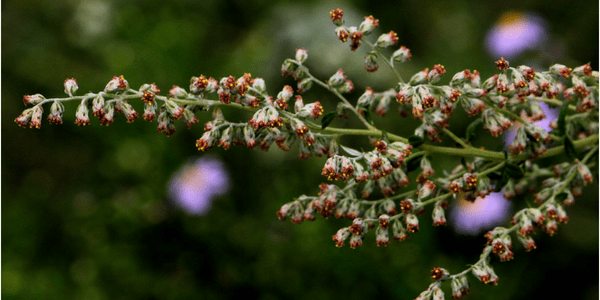
7. Mugwort: Its magical and medical uses
By Emma Kathryn
Mugwort is one of those plants that is heavily associated with witchcraft and magick. Its Latin name is Artemisia vulgaris, hinting at its occult nature. Yet, despite it’s witchy reputation, mugwort has many applications, both in the home as well as in your own practise or craft, and perhaps that it is why it is a favourite of herbalists, especially those with a streak of the occult running through them!
It must be said that whilst mugwort is generally safe to use if you are well and healthy, if you do have any medical issues or are taking any kind of medication, it is always best to check with your doctor before working with it. If you are pregnant, trying to get pregnant or breastfeeding, then steer clear of mugwort as it is an abortive herb; it stimulates the uterus and encourages menstrual bleeding. It can also pass through into breast milk.
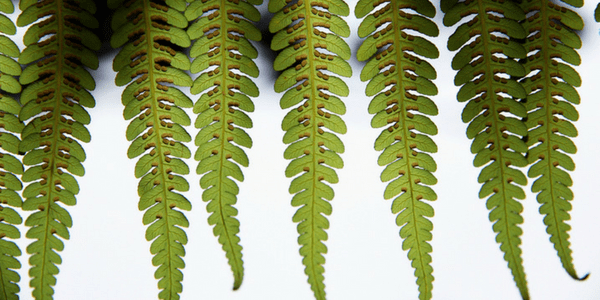
6. Increase your magical intuition: Tips and tricks
By Donyae Coles
Hard truth time: Not everyone is a seer, no matter how tapped into their energy they get. That’s just reality. We all have different gifts, and while some of us were blessed with sight, others, well not so much, but this doesn’t mean that we can’t all work on our intuition.
The universe is constantly speaking to us in a variety of ways. Some people are more sensitive to that communication and are able to pick up a variety of meanings through divination or just casual observation (which can be a type of divination). For other people, they walk through life in a kind of silence where they only see standard meanings in tarotcards, and a cat crossing their path is just a cat.

5. Witching on a budget: Magick on the cheap
By Donyae Coles
The witch aesthetic is filled with Pinterest-ready crystal rings, handcrafted wands, and the finest organic herbs. If you believe the vast majority of the Internet, being a witch (Paganor general magick user) is expensive. That’s all just glitz and glam for mood boards though. Cheap witchcraft is real, and you can practice it.
Anyone who has started working with magick has likely been overwhelmed with the sheer amount of stuff that is available in metaphysical shops, online, and private sellers. It seems like you need everything to manifest what you want. The right herbs, the right crystals, books, journals, pens, ink, the list goes on and on.
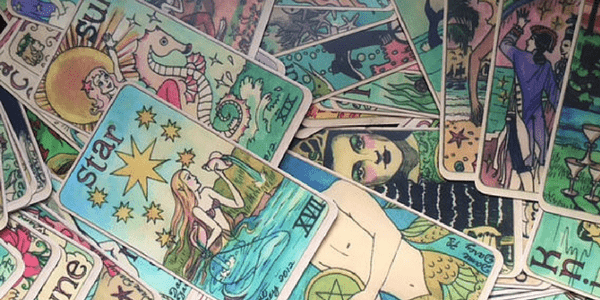
4. Tarot and oracle cards together: Add depth and complexity to your readings
By Donyae Coles
Whether you read tarot, oracle cards, or something else really depends on your personal preference, but there’s no rule that you must stick to one type, even in the same reading! Using tarot and oracle cards together can add more depth and understanding to your readings for yourself and your clients.
Oracle cards are very popular with card readers around the world. With their varied systems and types of art work, they do an excellent job at maintaining meaning while keying into specific interests and connections. There are oracle decks based on psychology, herbalism, various Pagan belief systems with art that ranges from unicorns to Hallowe’en. There is truly a deck for everyone.

3. Witchcraft and social media: Digital tools for magick
By Daleth West
The witchcraft of the 21st century is changing rapidly. Today’s craft is characterized by a certain spiritual laissez faire, DIY aesthetic that is less concerned with following complicated spells or rituals laid out 50 years ago by our elders, and more resembles a philosophy that infuses day-to-day life. The contemporary witchcraft ethos is about manifesting whatever it is that the witch is working to bring into the world, be it peace, love, power, health, equity, feminism, or anything else.
Contemporary witchcraft looks similar to chaos magick in many ways. As the craft has evolved over the past 50 years, it’s gone from a religion that initiated one person at a time to a wonderfully rich and diverse path that can be taken up by literally anyone at any time. Digital tools, such as social media, have allowed witchcraft to flourish, and the many solitary witches who have taken up their own learning have infused the tradition with endless variations. At its core, witchcraft today is a Pagan tradition that combines elements of ceremonial magick with traditional and folk magick. And, since the 1980s, where there is ceremonial magick, there is chaos magick –witchcraft is no different in this regard.

2. A spell of awe and protection: The Washing Verse
By Vincent Ongkowidjojo
After the Middle Ages, there appeared in Iceland a manuscript tradition which dealt especially with so-called magical spells. All kinds of spells were gathered, usually accompanied by symbols, generally known as galdrastafir. In this article we will discuss one particular spell from this historic grimoire tradition, known as the Washing Verse. It appears many times in many different grimoires, accompanied by a well-known symbol, the Aegishjalmur.
The Washing Verse is a very hands-on spell from this tradition. The name is found as the title of a spell in the Stockholm manuscript ATA, Amb 2, F 16:26. This particular grimoire is called Isländska Svartkonstboken, which translates to the “Icelandic Book of Black Arts,” but has been titled by translator Stephen Flowers as The Galdrabók, and has generally been known as such since.1 Spell 25 in this manuscript is called þvóttar vers, that is “Washing Verse.” Þvóttar or þvóttur derives from the Icelandic verb þvá, “to wash.” The first half line of the prayer serves as a heading. More spells in this and other manuscripts may well be placed in the same category, as will be seen, although sometimes the heading or intention differs.
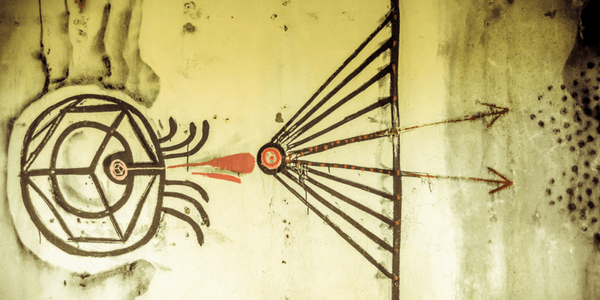
1. Sigil magick: Down and dirty
By Donyae Coles
One of the simplest forms of magick to do is sigil magick. Sigils can be found throughout the magick world, and are often used for quick works; however, they can also be employed for long lasting work and protection. They are very easy to learn, making them approachable, but make no mistake, mastering this skill, like anything else in magick, takes time.
Many people make the mistake of thinking that these are simple magicks because they are relatively easy to learn, and do once you have the system of creation down. Although there are various systems, which this piece will go over, they all, more or less, follow the same rules. Due to this ease, people often thoughtlessly practice this type of work which leads to easy mistakes and unexpected consequences.







